JavaScript is disabled in your browser. For our website to function properly, you must enable JavaScript. If you do not enable JavaScript, certain features will not function correctly.
Store HoursToday: 08:00 am - 05:30 pm Open Now
254-616-1659
97% of customers
would refer us to friends
4.94 stars - based on 270 reviews
254-616-1659
Phil's Service
503 S 2nd St
Killeen, TX 76541
05
Feb,
2018
Some of us can remember the days before tire plugs and a patch was the most common repair for a punctured tire. But times have changed and patches are not the only fix for flat tires. For those lucky few whose tire repairs required a patch or plug rather than a complete tire replacement, you might be wondering "How long does a patch last in a tire?"
First, it's important to understand whether your tire needs a patch, plug, or to be replaced completely.A tire plug is a sticky, expandable substance that gets stuffed in a hole in the tire from the outside and is wedged in until the air stops leaking out. The plug should easily stay intact well enough to re-inflate the tire and get safely to a repair shop.
Most tire repair specialists feel there is a better option for plugging tires. It's called a radial patch. Radial patches are specifically designed to repair radial tires which are used on most of the vehicles on the road today. Patching a tire with a radial patch can take about 20 to 30 minutes while installing a plug takes only a few minutes and usually can be done while the tire is still on the car. Often, it is necessary to vulcanize the tire patch, a process which uses heat and curing agents to reinforce the rubber of your tire.
Secondly, how long does a patch last in a tire?On average, tire experts predict that a proper plug and patch can last from seven to ten years. Although tire patches can last a long time, a tire should never be patched more than once. It can negatively affect the speed rating and potentially cause blowouts.
Although tire patches can last a long time, a tire should never be patched more than once. It can negatively affect the speed rating and potentially cause blowouts.
Whenever your tire becomes punctured and requires a repair, consult your tire service center and let them determine what type of repair is needed and what is best for the life of your tires.
Want to know more about how to save your tires? Contact our ASE Certified technicians at Phil's Service today for more information about tire repair and to schedule an appointment. Our auto shop proudly serves residents in the community of Killeen, TX, and surrounding area.
Wondering how long does a patch last in a tire? To find out more about tire repairs you might need to save your tires, Contact tire experts at Phil's Service
Some of us can remember the days before tire plugs and a patch was the most common repair for a punctured tire. But times have changed and patches are not the only fix for flat tires. For those lucky few whose tire repairs required a patch or plug rather than a complete tire replacement, you might be wondering "How long does a patch last in a tire?"
For those lucky few whose tire repairs required a patch or plug rather than a complete tire replacement, you might be wondering "How long does a patch last in a tire?"
A tire plug is a sticky, expandable substance that gets stuffed in a hole in the tire from the outside and is wedged in until the air stops leaking out. The plug should easily stay intact well enough to re-inflate the tire and get safely to a repair shop.
Most tire repair specialists feel there is a better option for plugging tires. It's called a radial patch. Radial patches are specifically designed to repair radial tires which are used on most of the vehicles on the road today. Patching a tire with a radial patch can take about 20 to 30 minutes while installing a plug takes only a few minutes and usually can be done while the tire is still on the car. Often, it is necessary to vulcanize the tire patch, a process which uses heat and curing agents to reinforce the rubber of your tire.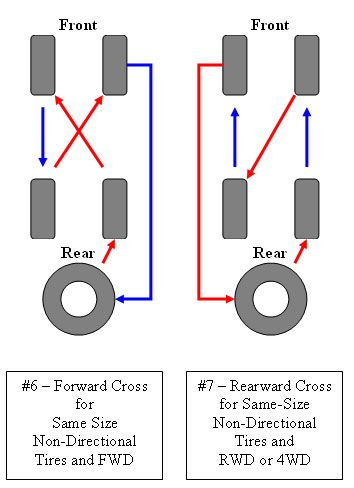
On average, tire experts predict that a proper plug and patch can last from seven to ten years. Although tire patches can last a long time, a tire should never be patched more than once. It can negatively affect the speed rating and potentially cause blowouts.
Whenever your tire becomes punctured and requires a repair, consult your tire service center and let them determine what type of repair is needed and what is best for the life of your tires.
Want to know more about how to save your tires? Contact our ASE Certified technicians at Phil's Service today for more information about tire repair and to schedule an appointment. Our auto shop proudly serves residents in the community of Killeen, TX, and surrounding area.
Ron Phillips
Ron Phillips
 com
comMon:08:00am - 05:30pm
Tue:08:00am - 05:30pm
Wed:08:00am - 05:30pm
Thu:08:00am - 05:30pm
Fri:08:00am - 05:30pm
Sat:Closed
Sun:Closed
Facebook Blog Google Instagram Yelpamerican express, mastercard, visa, discover, cash, napa easypay, direct debit, voyager network, ari, wex fleet, easypay, voyager, wex
I have a leak in my tire and I would rather fix it myself, but I don’t want to have to work on it for hours and hours. How long would it take me to patch my car tire?
Liz Jenson · Answered on Nov 29, 2021
Reviewed by Shannon Martin, Licensed Insurance Agent.
Even for the novice repairer, patching a car tire should only take 20 to 30 minutes.
However, more severe leaks or holes may require a tire plug, which is a sticky substance that is pushed into the hole and differs from a patch. Installing a tire plug only takes a few minutes.
Installing a tire plug only takes a few minutes.
Keep in mind that tire patches can last for seven to 10 years, but you should never patch a tire more than once. Doing so increases your risk of a blowout and can even slow your car’s driving speed.
Since you’re taking the time to repair your tire yourself, why not take an extra minute to save on your car insurance policy? The Jerry app makes finding the best insurance rates quick and easy! Just download the app and answer a few questions to see a comprehensive cross-analysis of the best car insurance policies from over 50 top providers.
MORE: Will insurance cover a flat tire?
Car MaintenanceCar RepairCar Tires
View full answer
WHY YOU CAN TRUST JERRY
Jerry partners with more than 50 insurance companies, but our content is independently researched, written, and fact-checked by our team of editors and agents. We aren’t paid for reviews or other content.
We aren’t paid for reviews or other content.
Browse More Content
Expansion Valve Replacement
What To Do If There's Smoke From Engine Or Exhaust
What is a Condenser Fan Relay Replacement?
Car Hesitating and Bucking Inspection
What To Do If Car Door Will Not Shut
Land Rover Range Rover Sport Hse Dynamic Insurance Cost
Chevrolet Cruze Eco Insurance Cost
Ford Fusion Se Insurance Cost
Ford Econoline E350 Super Duty Van Insurance Cost
Mercedes-Benz Glc 300 Insurance Cost
Linden Car Insurance
Dimmitt Car Insurance
Webbville Car Insurance
Pontotoc Car Insurance
La Puente Car Insurance
I want to rent a car through Turo for a road trip, but I'm not sure what happens if we break down. Does Turo offer roadside assistance?
Does Turo offer roadside assistance?
Eric Schad
Nov 29, 2021
I’m studying overseas for the semester and my parents offered to let me store my car in their driveway. I’m worried that it will rust since it’s uncovered. How much time needs to pass before a car rusts?
Liz Jenson
Nov 29, 2021
I've been looking at used cars, and the value drops exponentially at the 10-year mark. Is it worth it to buy a car this old?
Eric Schad
Oct 29, 2021
Browse All Questions
Eco mode is a driving mode intended to maximize efficient performance in order to improve fuel economy. Learn how it works here.
Melanie Krieps Mergen
Oct 31, 2022
Details behind the cars, drivers, and floats that make up the Macy’s Thanksgiving Day Parade.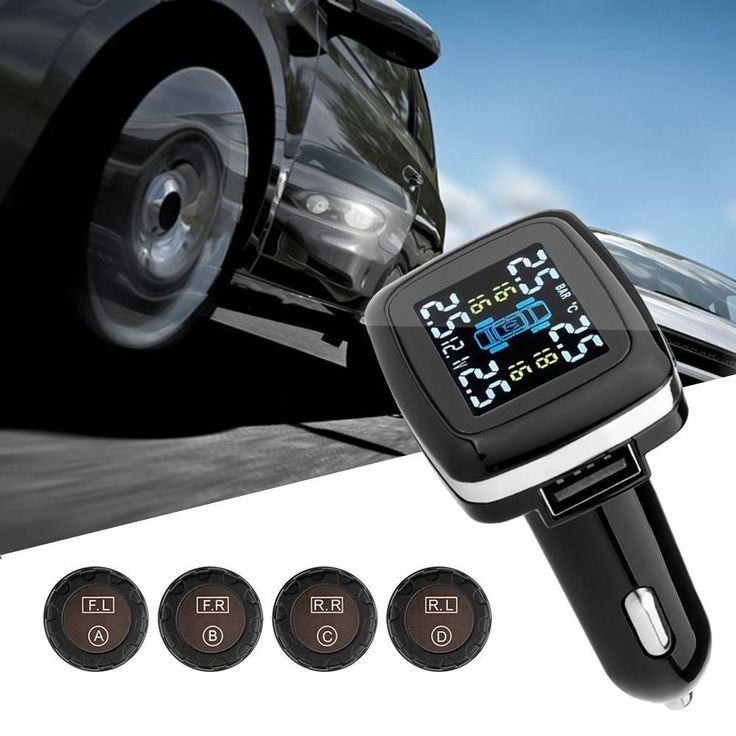
Melanie Krieps Mergen
Nov 24, 2021
Progressive
Homeowners Insurance
Property Protection Insurance
Personal Injury Protection (PIP)
Valuable Articles Insurance
Drivers Licenses
Second Car
Actual Cash Value
Costco Insurance
Car Brands
Aston Martin
North Carolina
Car Accessories
Liability Coverage
Title Transfers
All-Wheel Drive (AWD)
Eco Friendly Cars
Hybrid Cars
Toyota Prius
Car Leasing
Non Owner Car Insurance
Gross Vehicle Weight Rating
Car Title
Personal Liability
No long forms
No spam or unwanted phone calls
Quotes from top insurance companies
Find insurance savings — it's 100% free
Toyota
Hyundai
Mercedes-Benz
Subaru
Chevrolet
Mitsubishi
esportby.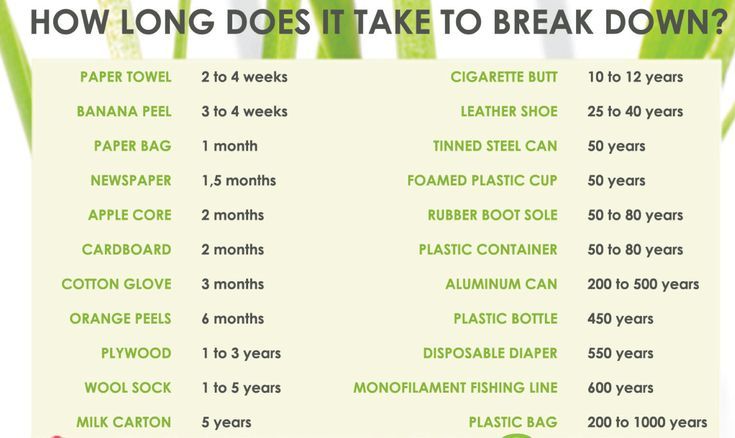 com
com
An easy way to quickly restore tire tightness and continue your journey. True, for this you need to have the right wheel repair kit with you.
Maxim Stroker
“Catching” a nail, screw or piece of wire in a wheel on the track is a trifling matter and somewhere even everyday. However, it turns into a serious "trouble" if this happens, for example, at night or a couple of tens of kilometers from the nearest tire fitting point. In theory, in this case, you need to put a spare wheel and go further. Although, in the case of a family trip on vacation, the process of digging it out from under a pile of junk in the trunk can turn into an adventure that deserves a separate story. Be that as it may, often the trouble does not come alone and the spare tire can be broken literally on the next kilometer. After all, where one carnation fell on the road, there may well be another one, and another, and another ...
With a couple of crippled wheels, you'll either have to wait an unknown amount of time for a tow truck to be sent in, or fix it yourself.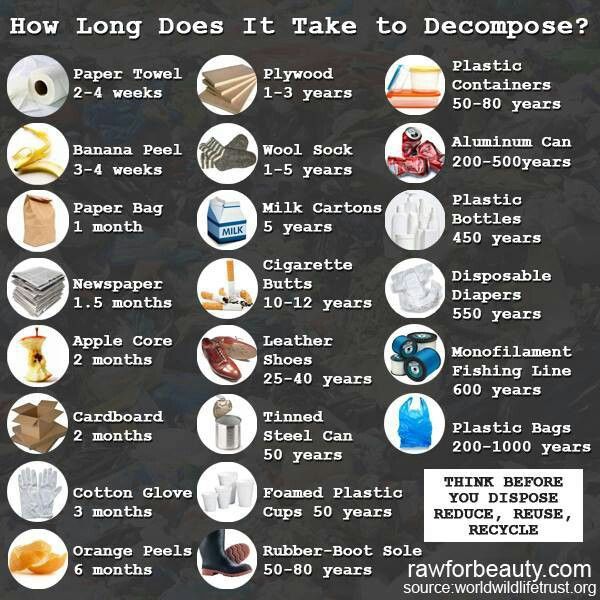 Therefore, in a not particularly urbanized area, it makes sense to carry a repair kit with you to eliminate punctures in tubeless wheels. In principle, it can be of any manufacturer. The main thing when choosing it in the store is to make sure that the “drill” included in the repair kit is not very toothy and sharp. After all, his task is simply to clear a puncture hole in the tire, and not to break its metal cord. The second recommendation: the flagella, which are supposed to close the puncture hole, should be plump and reinforced with thin wire or plastic threads.
Therefore, in a not particularly urbanized area, it makes sense to carry a repair kit with you to eliminate punctures in tubeless wheels. In principle, it can be of any manufacturer. The main thing when choosing it in the store is to make sure that the “drill” included in the repair kit is not very toothy and sharp. After all, his task is simply to clear a puncture hole in the tire, and not to break its metal cord. The second recommendation: the flagella, which are supposed to close the puncture hole, should be plump and reinforced with thin wire or plastic threads.
n-i.kiev.ua
And the third criterion for choosing a wheel repair kit is the obligatory presence of a tube of glue in it. Yes, yes: there are also “glueless” sets on sale, which are essentially useless.
So, we notice that the wheel is flat (or has already been blown off) and proceed to eliminate the problem. Most often, the hole in the rubber is not visible. Therefore, to begin with, we hang out the damaged wheel by raising the car on a jack, and inflate it with a pump or compressor to 3-4 atmospheres.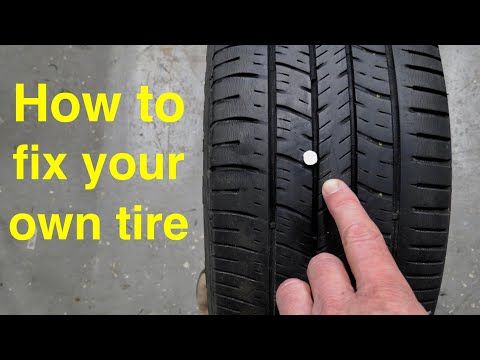 If even after that it is not possible to detect damage by the whistle of escaping air, we methodically and consistently wet the entire surface of the wheel and look for bubbles at the puncture site.
If even after that it is not possible to detect damage by the whistle of escaping air, we methodically and consistently wet the entire surface of the wheel and look for bubbles at the puncture site.
Having found a puncture, we take the “drill” from the set and pierce the damaged area with it several times. So we clean the surface of the hole before gluing. Next, we smear the “drill” with glue from the set and again immerse it in the hole. We repeat this operation and, leaving the “drill” sticking out in the hole smeared with glue, we take out the flagellum and insert it halfway into the eye of another tool - the “overgrown needle” (sometimes called the “awl”), also available in the repair kit. We coat the flagellum with glue and, quickly pulling the “drill” out of the hole, insert our “needle” there so that the ends of the flagellum remain above the surface of the wheel tread. Next, we pull out the “needle-awl” and wait a few minutes until the glue grabs. After that, we pump up the wheel and carefully cut off the protruding tails of the flagellum with a knife.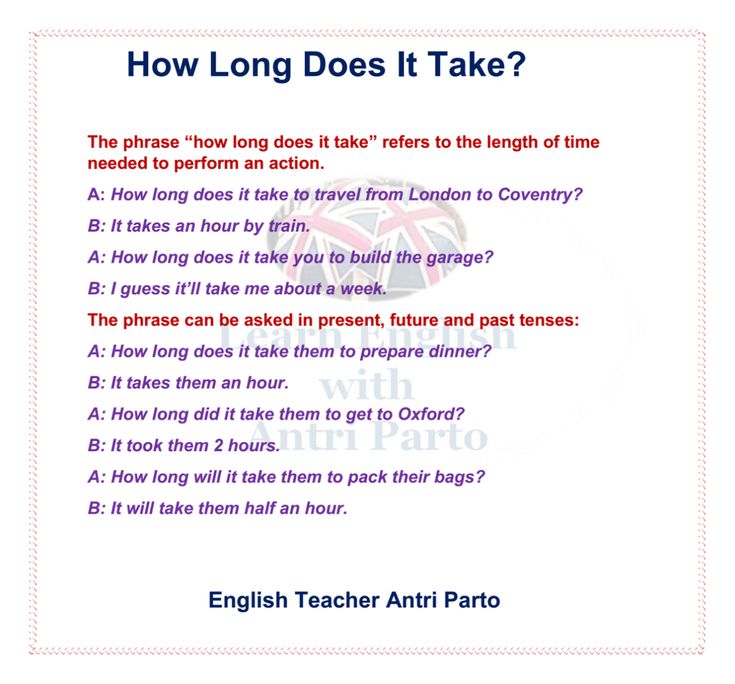 Everyone, you can move on.
Everyone, you can move on.
Test drive of one of the best family minibuses
19865
wheels, summer tires, cheap cars, repairs, tires, winter tires, track
Author: Aleksey Kokorin
Experienced drivers are not surprised by such a trifle as a puncture, but for the first time beginners usually get confused in the sequence of actions, forget about important details and do not know what to do with a punctured wheel even in a tire shop - especially if they start offering choose from several options or intimidate with expensive repairs.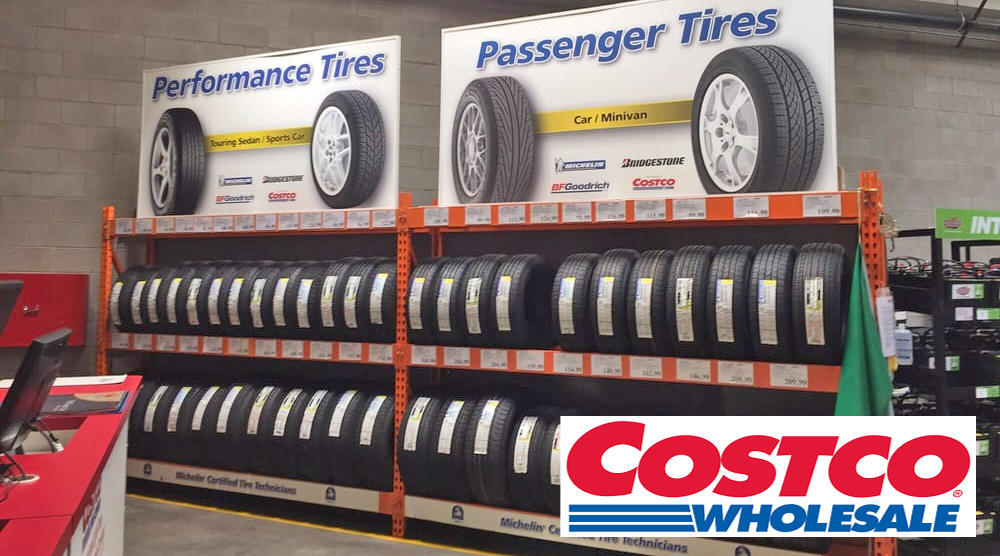 Let's set up an operation algorithm when a flat tire is detected and figure out what to do right away and what to choose later.
Let's set up an operation algorithm when a flat tire is detected and figure out what to do right away and what to choose later.
What to do when you find a puncture
Having found a flat tire, first of all you need to stop in a safe place, turn on the emergency alarm, assess visibility and, if necessary, set an emergency stop sign: according to traffic rules, it is installed at least 15 meters from the car in built-up area and at least 30 meters outside the built-up area. When choosing where to stop, consider the space to the side of the vehicle to handle a flat tire. You should not stop right on the road and in places where stopping and parking are prohibited: even if a punctured wheel belongs to the conditions of a forced stop, it is quite possible to drive several tens of meters on it to choose a safe and convenient parking place. At night or in conditions of limited visibility (for example, in fog or rain), it is imperative to wear a vest with retroreflective elements - this is required by clause 2. 3.4 of the SDA and common sense.
3.4 of the SDA and common sense.
Now you can start working on the wheel. We will sequentially consider several options for action, and then move on to ways to repair a damaged tire.
The most obvious solution to a flat tire is to replace it. If you have a spare tire that you are sure is in good condition, the best option is to install it and visit a tire shop to repair a punctured tire - such repairs will be more reliable and of high quality than doing it yourself.
If you do not have a suitable spare tire, but have a pump or compressor, you can assess the damage to the tire and try to pump it up again to get to the tire shop. It is better to start searching for an air leak with a valve (aka “nipple” or “nipple”): often a faulty spool becomes the cause of a flat tire. It is easy to check it: unscrew the protective cap (if there is one), pour water on it (or slobber it, as in childhood): air bubbles will leak. In this case, you can try to replace the spool valve by unscrewing it and screwing in a new one, but if there is no new valve, as well as a store nearby, you can try just unscrewing and screwing it back in.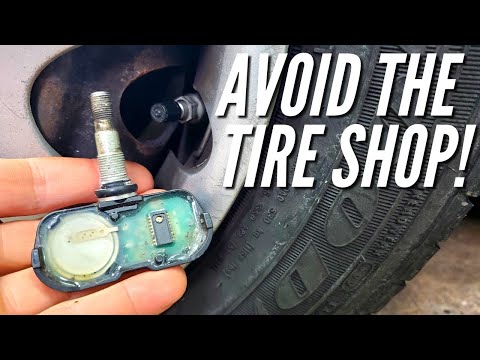 Regardless of whether it helped or not, you need to visit a tire shop to replace the entire spool or valve.
Regardless of whether it helped or not, you need to visit a tire shop to replace the entire spool or valve.
If the valve is tight and the tire is flat, it is most likely a puncture. The easiest way to find a puncture that is free of foreign objects is to pour water on the tire while looking at the surface: the damage will reveal itself as air bubbles. However, often the cause of the puncture can be found along with it: a self-tapping screw, nail or other arbitrary object sticking out of the wheel will clearly indicate the place of depressurization. In this case, you do not need to immediately remove the foreign object from the tire: it partially seals the hole, and if the pressure loss is slow, you can try to pump up the wheel and drive to the tire shop.
The same goes for wheels that are leaking from the rim or from a faulty valve. Usually, in this case, the air is bled slowly, and you can pump up the wheel and have time to get to the place of repair. By the way, rim leakage can occur due to disk deformation upon impact - for example, when hitting a pit with sharp edges. Such situations are fraught with damage to both the disk and the sidewall of the tire, in which case the disk will need to be corrected, and the tire repaired or even replaced. To avoid rim leaks, you need to inspect the rims every time you change tires. The loss of tightness occurs either due to corrosion or due to disc deformation, and not only steel, but also light alloy wheels can corrode. So if you see paint blistering or rust on the rim, the tires need to be put on rim sealant: when changing tires, this will be cheaper than the subsequent removal and re-tire to fix a leak on the rim.
Such situations are fraught with damage to both the disk and the sidewall of the tire, in which case the disk will need to be corrected, and the tire repaired or even replaced. To avoid rim leaks, you need to inspect the rims every time you change tires. The loss of tightness occurs either due to corrosion or due to disc deformation, and not only steel, but also light alloy wheels can corrode. So if you see paint blistering or rust on the rim, the tires need to be put on rim sealant: when changing tires, this will be cheaper than the subsequent removal and re-tire to fix a leak on the rim.
If you find a puncture, but there are no foreign objects in it, and you do not have a spare wheel and tire repair kits, there is another popular method of temporary "repair". You can screw a self-tapping screw into the found hole - if, of course, you have one. In extreme cases, you can look for a self-tapping screw in the cabin by unscrewing it from some interior detail. This method cannot be called reliable: it is unlikely to ensure complete tightness of the wheel, but at least it can help you get to the nearest tire shop.
And a couple more useful remarks. If the wheel is completely flat, then it is easier to inflate it without a spool: the latter must be unscrewed, then the tire must be inflated and quickly screwed back in. The fact is that the spool itself, when inflated, resists the compressor, and in the event of a loose fit of a flat tire to the disk, the power of a simple magazine compressor may not be enough, and the absence of a spool helps to increase air flow and facilitate the operation of the compressor. If this does not help, you can jack up the car by hanging a flat tire: this will improve the fit of the tire to the disk, and the chances of inflating the tire will increase.
On-Site Repair Methods
Now let's look at options for repairing a tire yourself using special materials that you should carry with you or, if a puncture caught you in the city, buy it at the nearest car shop.
1. The most common, cheapest and easiest way to do it yourself is to install a raw rubber band. The harnesses are sold complete with an abrasive awl to expand the hole in the tire and improve the contact of the repair harness with its edges, as well as a needle for installing the harness and an adhesive to fix it and at the same time seal the puncture. When choosing a repair kit in a store, you should pay attention to the following nuances:
The harnesses are sold complete with an abrasive awl to expand the hole in the tire and improve the contact of the repair harness with its edges, as well as a needle for installing the harness and an adhesive to fix it and at the same time seal the puncture. When choosing a repair kit in a store, you should pay attention to the following nuances:
Install the harness in the following order. First, the found hole is expanded with an abrasive awl - you need to insert and remove it several times into the puncture site. Then the tourniquet is inserted into the eye of the needle, and glue is applied to it. After that, the needle with the tourniquet must be inserted into the hole in the tire and pulled out sharply - so that the tourniquet remains in the hole, and the needle comes out without it. If everything worked out, it remains only to cut the end of the harness flush with the surface of the tire and pump up the wheel.
If everything worked out, it remains only to cut the end of the harness flush with the surface of the tire and pump up the wheel.
The benefits of a harness repair are quite good reliability, simplicity and low cost. On a well-repaired tire, you can drive for a long time, and if the repair site starts to poison, you can either replace the harness or have the tire repaired in a quality service. Among the minuses is the possibility of damaging the cord during installation, as well as lower reliability compared to “full-fledged” repair methods in a tire shop. Strictly speaking, a tourniquet is still a temporary repair, so if it is possible to pump up a wheel and get to a tire fitting, then it is better not to enlarge the hole in the tire and get to the experts.
2. The second repair option is aerosol liquid sealants sold in cans. To repair a punctured tire with sealant, you need to remove the foreign object from the puncture site, then pour the sealant into the wheel through the valve, twist it to distribute the composition inside the tire, pump up the wheel and drive several kilometers at low speed for the final uniform distribution of the sealant.
The advantage of this repair is that it is easier and less labor intensive than installing a harness. However, there are also disadvantages: the larger the hole, the higher the chance that the sealant will not be able to eliminate it, and such a repair can affect the wheel balance. Compared to a tourniquet, it can be considered even less reliable and preferable, but simpler.
Repair options at a tire shop
If you put on a spare tire and brought the wheel to a tire shop, you may also be offered several repair options. Consider the most popular with an indication of the advantages and disadvantages.
1. The first repair method is the same harness installation as described above. As we remember, the tourniquet refers to a temporary repair, so among tire specialists this method is considered bad form, but many workshops do not exclude it from the list of services. All the advantages and disadvantages are the same here: such a repair will be the fastest, simplest and cheapest, but less reliable than other methods.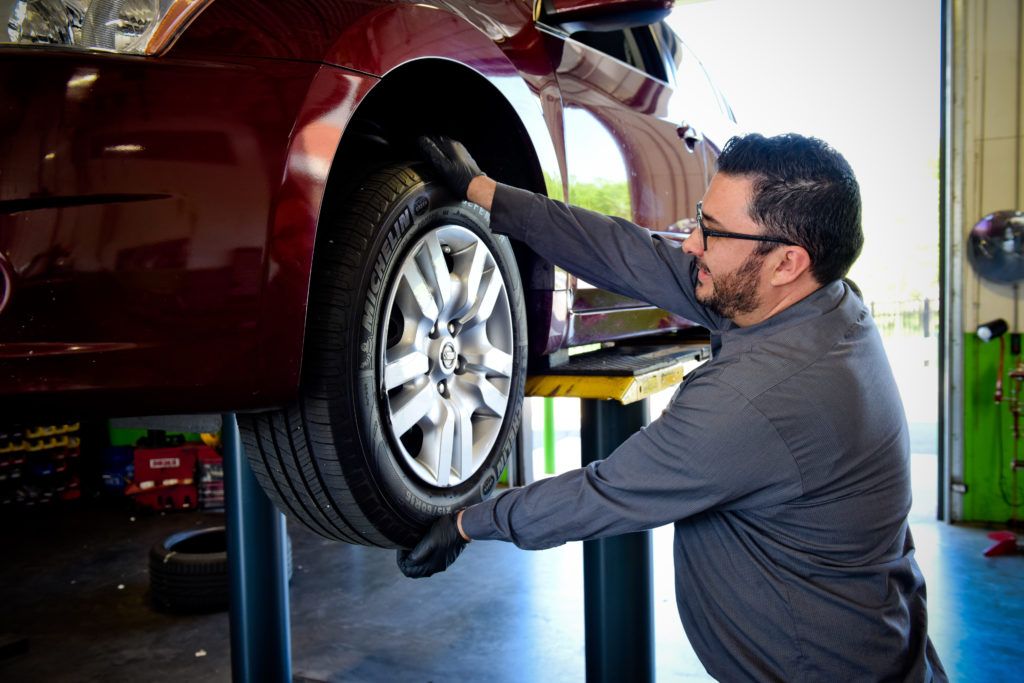 It is worth choosing it in cases where the price and / or speed of the procedure is more important to you than anything else. If quality is a priority, then it is better to fork out for the options listed below.
It is worth choosing it in cases where the price and / or speed of the procedure is more important to you than anything else. If quality is a priority, then it is better to fork out for the options listed below.
2. The second option for repairing a puncture is to install a patch on the inside of the tire, the so-called cold vulcanization. In this case, the tire is removed from the disk, the surface around the puncture is treated with an abrasive, and the damage is sealed with a special patch. This is a more preferred repair method than a tourniquet: it is more reliable and durable, especially in the case of side punctures, when not the thick tread part of the tire is damaged, but the thinner sidewall. Among the minuses, only a higher cost can be noted: in addition to the actual tire repair, you will have to pay for the removal and installation of the wheel (or do it yourself), tire fitting and balancing.
3. The third option is a "complex" of the first and second: installation of the so-called repair "fungus".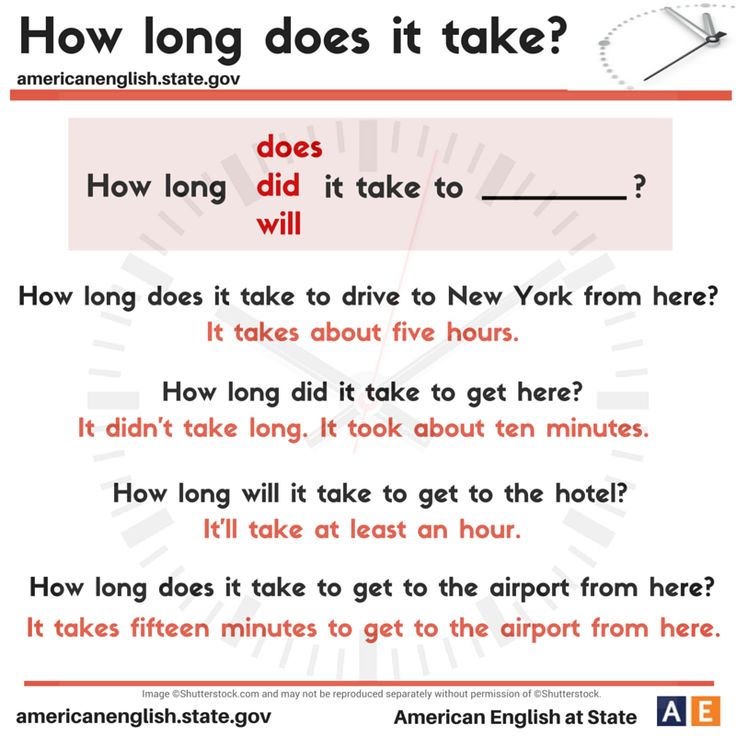 The “hat” of the fungus is a patch, and the “leg” is threaded from the inside of the tire to the outside. After gluing the patch, the excess part of the leg is cut off, as in the case of the tourniquet. Thus, not only the inner surface of the tire is closed, but also the hole itself. The advantages and disadvantages of this repair method are generally the same as those of a patch.
The “hat” of the fungus is a patch, and the “leg” is threaded from the inside of the tire to the outside. After gluing the patch, the excess part of the leg is cut off, as in the case of the tourniquet. Thus, not only the inner surface of the tire is closed, but also the hole itself. The advantages and disadvantages of this repair method are generally the same as those of a patch.
4. An extreme, “emergency” measure when repairing a punctured wheel is to install a camera in it. Typically, this method is used for tires that are no longer worth repairing, or “for reliability” after repairing a complex puncture. It should be understood that almost all modern tires are tubeless, that is, they are not designed to install a camera, so it’s not worth driving a wheel repaired in this way for a long time. Installing a tube is a temporary solution for riding until a new tire is purchased, and sometimes such wheels are left as spares. So this repair method can be kept in mind as a backup.
Finally
We have deliberately left out of this text such methods as combined repair of tires with a tourniquet and patch and hot vulcanization. The first is used quite rarely and for specific damage, and it is enough just to know about its existence. Well, the second is used to repair serious side cuts, and it is not only rare, but also very expensive. The cut site in this case is prepared, filled with raw rubber and processed with a hot press for vulcanization. Equipment for this procedure is not available in every tire shop, and the cost of repair can be about half the cost of a new tire.
interesting popular questions
Articles / Practice What are universal, repair and sports catalysts and is it worth installing them Among the many promotional offers for removing the catalyst, there are others: in them, motorists are offered not a simple removal of the catalyst, but its replacement with a universal, repair one . .. 60 0 0 11/23/2022
.. 60 0 0 11/23/2022
Articles / Practice Do I need to warm up the car before driving in winter: we understand in detail In my personal rating of debatable and provocative topics, the articles “how to warm up a car in winter” take an honorable first place in terms of the number of absurdities, mistakes and other shortcomings. T... 684 one one 11/22/2022
Articles / Auto and technology Just like Russian: the path of oil from the well to the consumer with your own eyes Two experienced travel bloggers, Alexey Zhirukhin and Sergey Lysenko, as part of an exciting fourteen-day tour of 12,000 km, will learn the whole way of obtaining oil - from a well to. .. 424 0 3 11/22/2022
.. 424 0 3 11/22/2022
Test drives / Test drive Haval Dargo vs Mitsubishi Outlander: the dog is barking, the stranger is coming In the Haval dealership in the south of Moscow, life is in full swing: buyers look at cars, communicate with managers and sign some papers. While I was waiting for the test Dargo, the same cross... 17167 7 205 13.09.2022
Test drives / Test drive Motor from Mercedes, emblem from Renault, assembly from Dacia: test drive of the European Logan 1.0 It would seem that what's new can be told about the second generation Renault Logan, known to every Russian taxi driver, as they say, up and down? However, this car has.